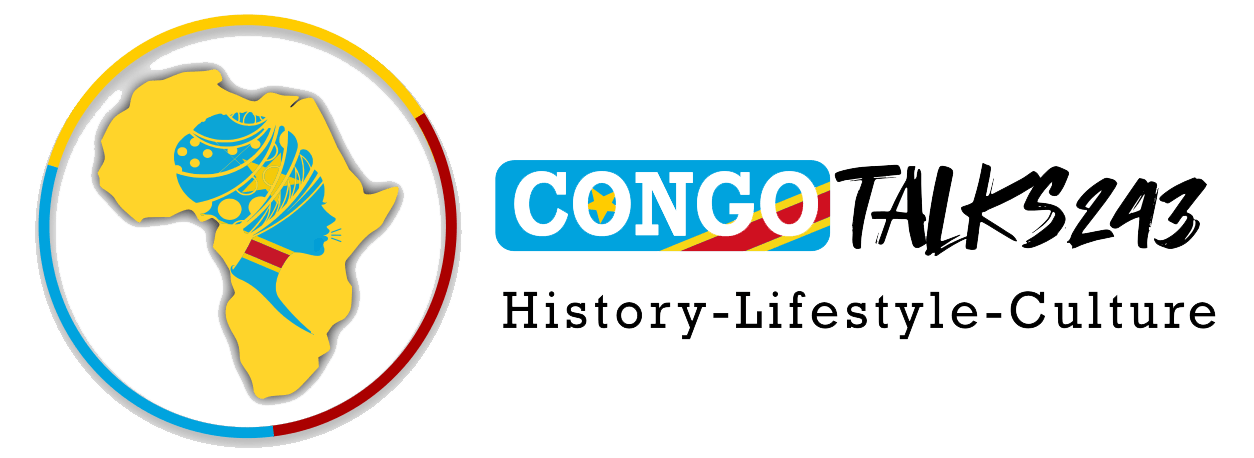THE GREAT LUNDA EMPIRE (Congolese pre-colonial Kingdoms)!
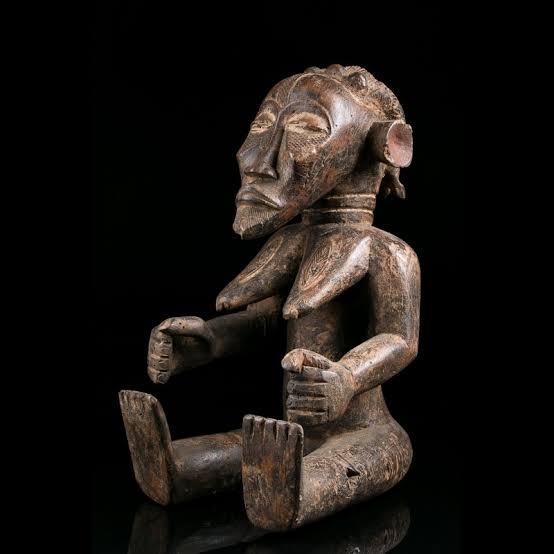
As usual, we always talk about the great events that have marked African culture and history, particularly the Democratic Republic of Congo. We are going to find out about the Lunda Empire, one of the greatest pre-colonial Congolese, Angolan and Zambian kingdoms in this part of Congotalks243. ORIGIN OF THE LUNDA EMPIRE The Lunda empire […]
THE STORY OF A KONGO REVOLUTIONARY
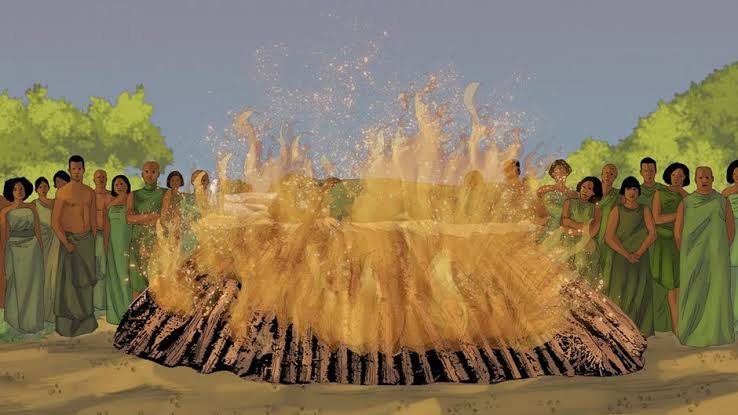
KIMPA VITA KONGO DIA NTOTILA 1684-1706! During the pre-colonial period, Africa knew a woman named Kimpa Vita, a young revolutionary from the Kingdom of Kongo (near modern day Angola) who had unified the kingdom by establishing the revolutionary Antonianist movement. Antonianism was composed of Christian beliefs and black, traditional Kongo beliefs. She was a very […]
THE KUBA KINGDOM! The kingdom of the Bakuba

Congolese pre-colonial Kingdoms The Kuba Kingdom is a state entity founded in the 1600s and is currently located in the Democratic Republic of Congo. It is a pre-colonial Congolese kingdom and the historical branch of Congotalks243 has the pleasure to tell you about it and make you discover the beauty of the Democratic Republic of […]
THE STORY OF THE KINGDOM OF KONGO! KONGO DIA NTOTILA!

Congolese pre-colonial Kingdoms The Democratic Republic of Congo is a vast territory that has seen many interesting events, including those of pre-colonial kingdoms. In this part of Congotalks243, we will debrief the history of the kingdom of Kongo or Kongo Dia Ntotila, one of the largest kingdoms in Central Africa. THE KINGDOM’S ORIGIN The Kingdom of […]
A LOOK AT THE GREAT LUBA EMPIRE (Congolese pre-colonial Kingdoms)
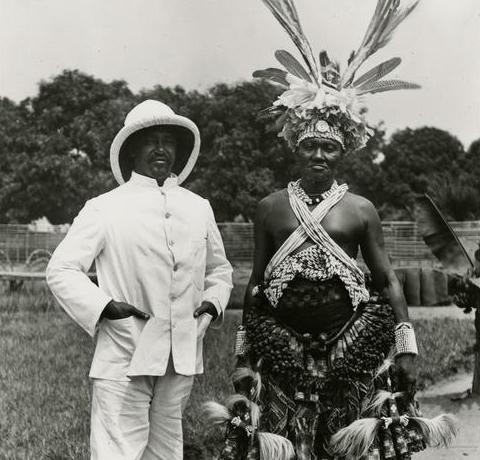
The DRC is a country with a rich history. We find of course several kingdoms and empires that have shaped the Congolese culture of today. In this part of Congotalks243 dedicated to Congolese history, we will discover one of the greatest empires of Central Africa, the Luba Empire. The Luba empire origins The Baluba people would have […]
THE CONGO’S MOST POPULAR OPPOSITION LEADER ÉTIENNE TSHISEKEDI WA MULUMBA
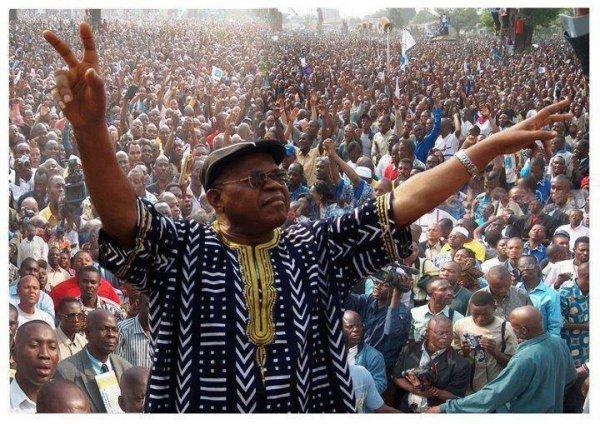
Etienne TSHISEKEDI WA MULUMBA, born on December 14, 1932, in Kananga, is one of the prominent figures who shaped the political history of the DRC. Supporters would say that he fought until the end. We have talked about the pre-colonial history of the DRC in different articles but now we will discover the post-colonial history […]
THE MOVING STORY OF CONGOLESE PROPHET SIMON KIMBANGU
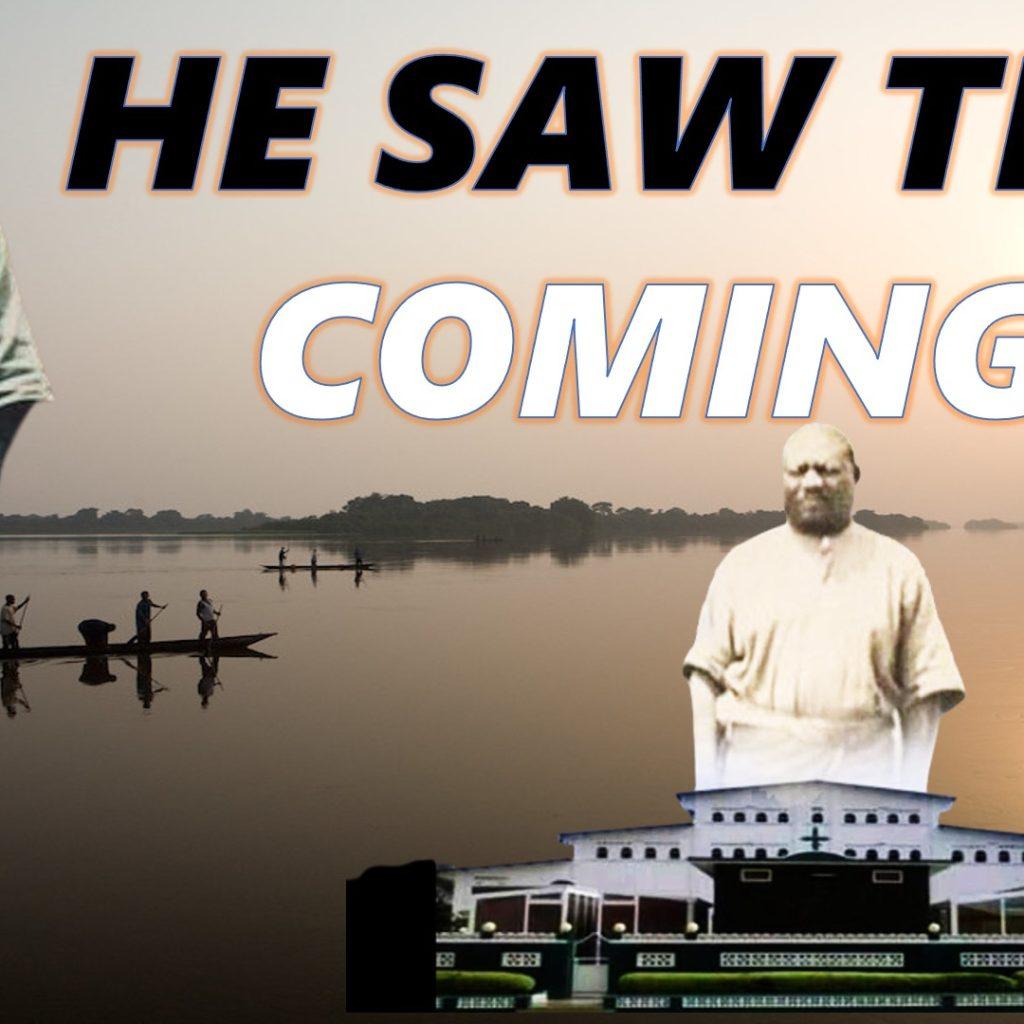
The prophet Simon Kimbangu is one of the greatest African figures and Congolese nationalism, a religious leader and founder of the Kimbangu movement. His spiritual life was transformed into a political change, because of his miracles of healing the sick and raising the dead, but much more because of his prophecy and his protest against […]
THE LIFE AND LEGACY OF SIMON KIMBANGU: A REVOLUTIONARY FIGURE IN AFRICAN HISTORY
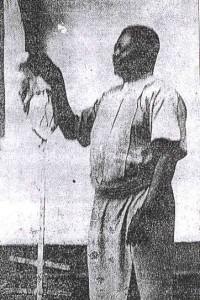
In the 20th century, the Congo (now known as the Democratic Republic of the Congo) was under the colonial rule of King Leopold II. Although the country was blessed with great natural wealth, it was also marked by terrible human suffering; this is when Simon Kimbangu was born. The life of Simon Kimbangu It was […]
